Lip surgery is a type of cosmetic procedure that aims to alter the appearance and functionality of the lips. It is often performed by plastic surgeons and can be done for both aesthetic and medical reasons. The goal of lip surgery is to enhance the natural beauty of the lips, improve facial symmetry, and in some cases, restore functionality.
Types of Lip Surgeries
Lip surgery is a versatile field with a range of procedures designed to enhance, correct, and restore the lips. Whether you’re seeking a subtle enhancement or a dramatic transformation, there’s likely a lip surgery option that can help you achieve your aesthetic goals.
Lip surgeries are a subset of cosmetic procedures that aim to enhance the appearance and functionality of the lips. There are several types of lip surgeries, each designed to address specific concerns. For instance, lip augmentation is used to increase the fullness of the lips, while lip reduction is used to decrease the size of overly large lips. Lip lift surgery is performed to shorten the space between the nose and the upper lip, giving the lips a more youthful appearance. Lip reconstruction, on the other hand, is a more complex procedure aimed at repairing damage caused by trauma, disease, or congenital defects.
Each of these procedures has its own set of benefits, risks, and recovery times. It’s important to consult with a qualified plastic surgeon to discuss your goals and expectations before deciding on any type of lip surgery. Remember, the goal of any cosmetic procedure should be to enhance your natural beauty and boost your self-confidence. It’s not about achieving perfection, but rather about enhancing the unique features that make each individual beautiful in their own way.
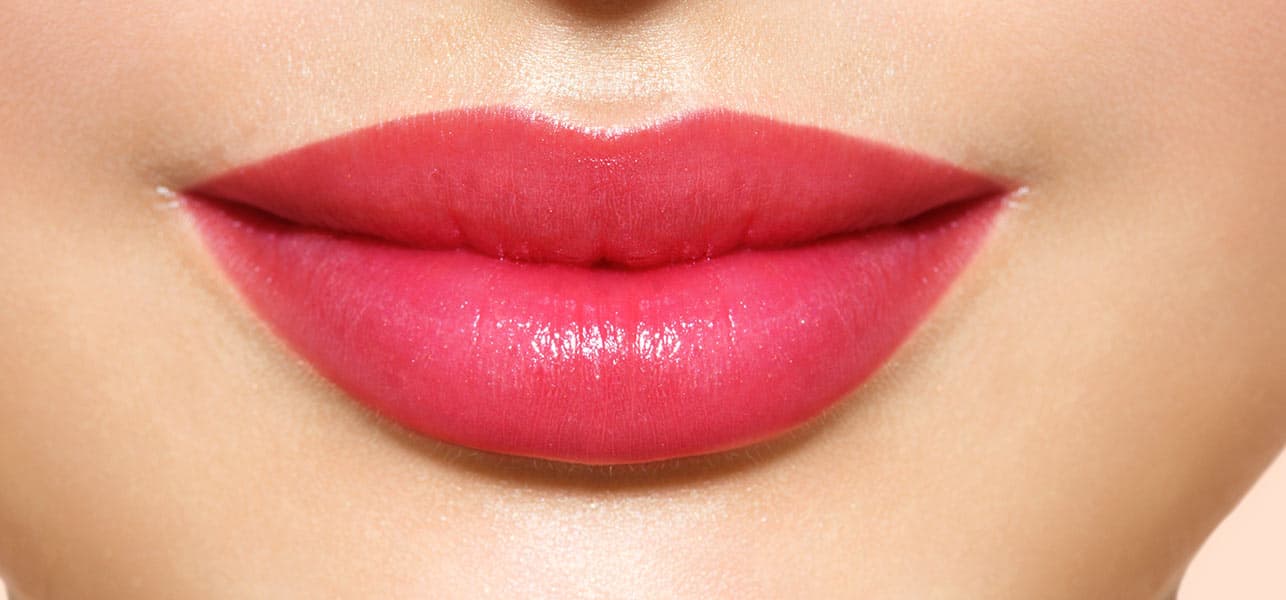
Fat Transfer
Lip fat transfer, also known as autologous fat transfer or lipofilling, is a cosmetic procedure that uses a person’s own fat to add volume and shape to their lips. This procedure is gaining popularity as it offers a more natural alternative to synthetic fillers.
The procedure begins with a consultation with a qualified plastic surgeon. During this consultation, the surgeon will discuss the patient’s aesthetic goals, evaluate their overall health, and determine if they have sufficient fat in other parts of their body for the transfer.
Once the patient is deemed a suitable candidate, the procedure can be scheduled. It’s typically performed under local anesthesia and can take between one to two hours. The first step involves liposuction, where fat is harvested from a part of the body with excess fat, such as the abdomen or thighs. This harvested fat is then purified to separate the fat cells from other components.
The purified fat is then carefully injected into the lips using a syringe. The surgeon will strategically place the fat to achieve the desired shape and volume. It’s important to note that not all the transferred fat will survive. Therefore, the surgeon may overfill the lips initially, anticipating that some of the fat will be absorbed by the body.
Following the procedure, patients can expect some swelling and bruising, which should subside within a few weeks. The final results can be seen once the swelling has completely subsided, usually within three to six months.
One of the main advantages of a lip fat transfer is that it offers long-lasting results. Since the fat comes from the patient’s own body, there’s a lower risk of allergic reactions compared to synthetic fillers. However, like all surgical procedures, it does come with potential risks and complications, including infection, uneven lips, and fat necrosis.
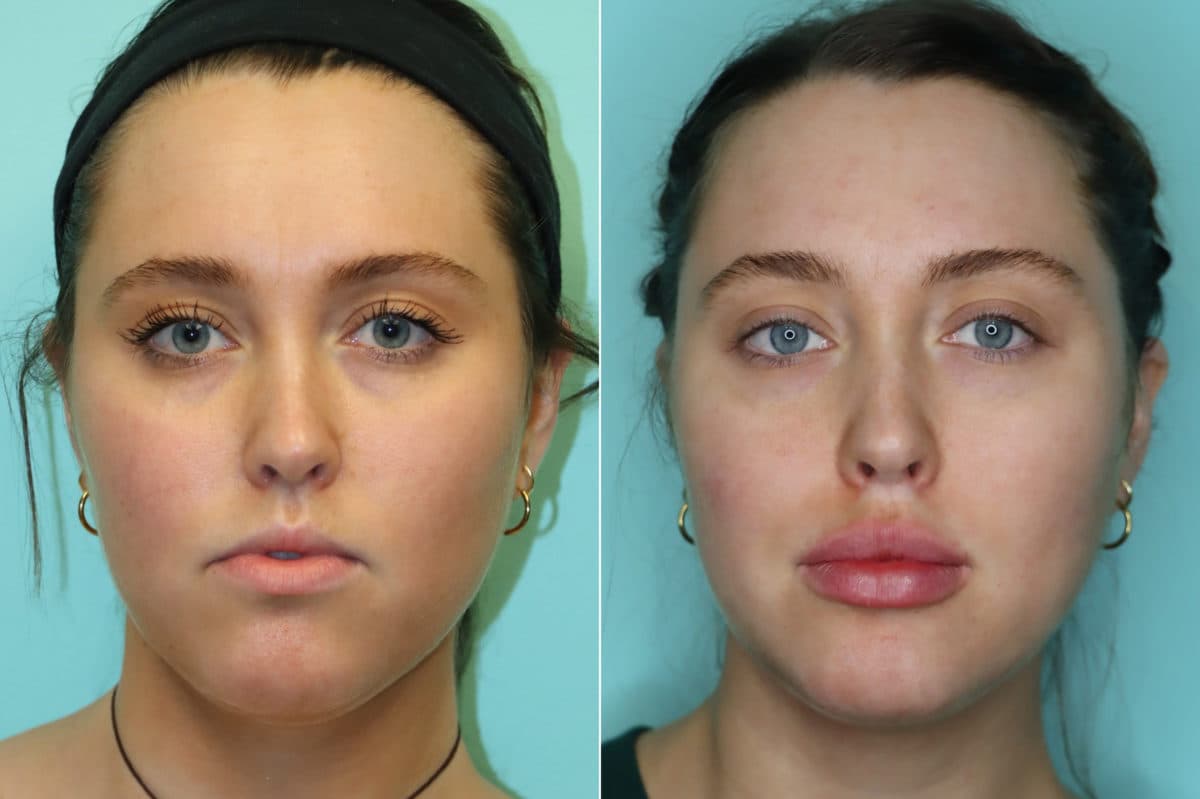
Cheiloplasty
Cheiloplasty, commonly known as cleft lip repair, is a surgical procedure performed to correct a physical deformity of the lip known as a cleft lip. This condition, present at birth, is characterized by a physical split or separation of the two sides of the upper lip, which appears as a narrow opening or gap in the skin of the upper lip.
The procedure is typically performed on infants within the first few months of life. It involves complex reconstructive surgery and is carried out by a plastic surgeon who specializes in craniofacial surgery. The primary goal of cheiloplasty is to repair the cleft, restore function, and provide a more normal appearance to the upper lip.
The surgery begins with the administration of general anesthesia to ensure the infant is asleep and pain-free during the procedure. The surgeon then makes incisions on either side of the cleft to create flaps of tissue. These flaps are then drawn together and stitched to close the cleft. The surgeon takes great care to align the cupid’s bow (the double curve of the upper lip) and to ensure that the repaired lip has a natural appearance.
Post-surgery, the stitches will dissolve or be removed by the surgeon after a few days. The surgical scar gradually fades over time but may still be somewhat visible. The child may have some swelling and discomfort in the lip, which can be managed with medication.
Following the surgery, the child will need to be monitored closely. The surgeon will provide specific instructions regarding feeding and wound care to prevent injury to the surgical site. Regular follow-up visits will be scheduled to monitor the child’s progress and to plan any necessary future treatments or surgeries, such as speech therapy or orthodontic treatment.
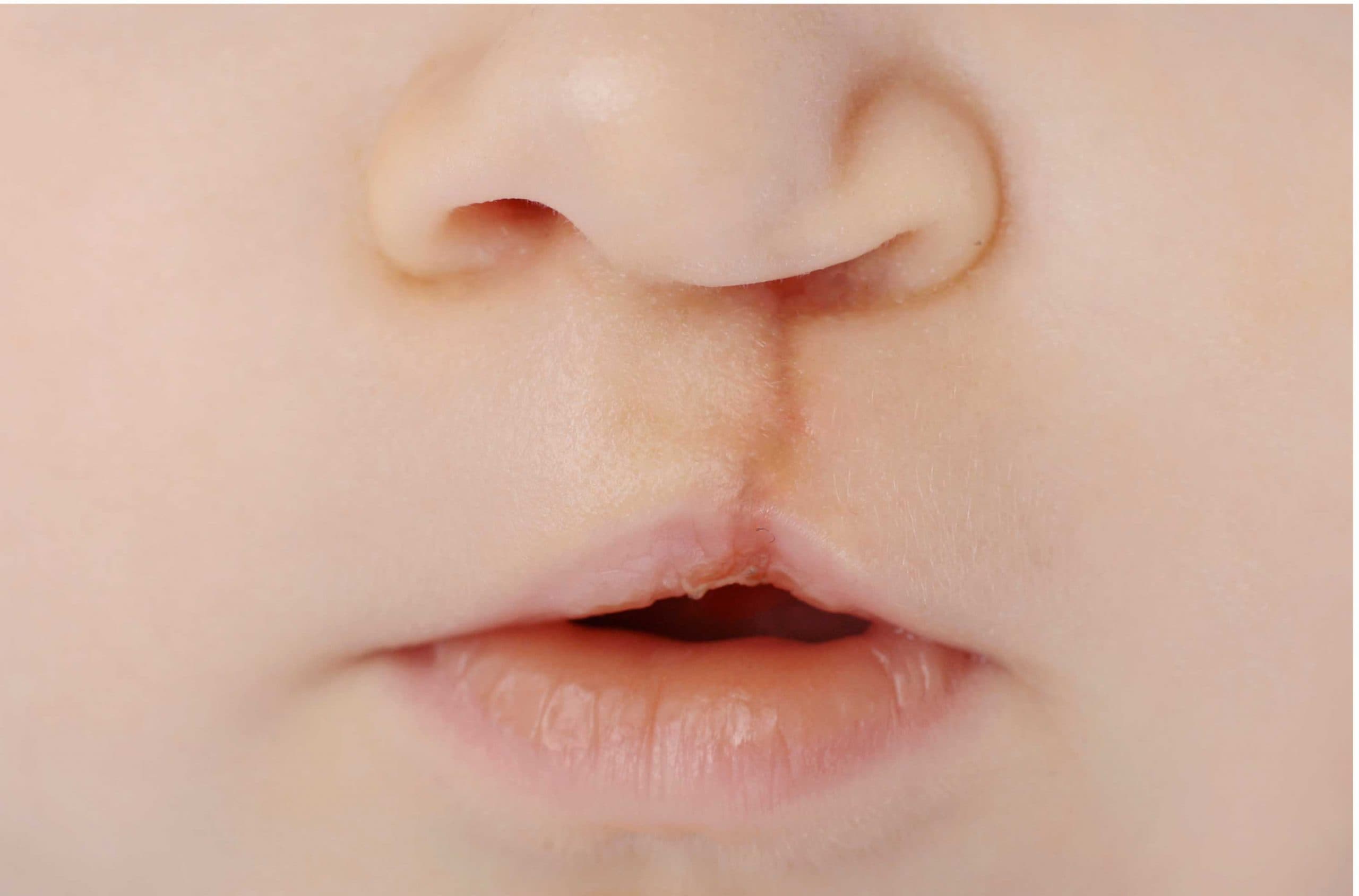
Lip Implants
Lip augmentation, specifically lip implants, is a cosmetic procedure designed to create fuller, plumper lips and reduce fine wrinkles around the mouth. The procedure involves inserting synthetic materials or biological products into the lips to enhance their shape and volume.
The first step in the lip implant procedure is a consultation with a plastic surgeon or dermatologist. During this meeting, the doctor will discuss the patient’s expectations and explain the procedure, including the type of implant to be used. The patient’s medical history is also reviewed to ensure they are a suitable candidate for the procedure.
On the day of the surgery, the patient is typically given local anesthesia to numb the area. The surgeon then makes small incisions at the corners of the mouth or inside the lips. The chosen implant, which could be made of silicone, GORE-TEX, or soft ePTFE, is then inserted through these incisions and positioned in the lips. The incisions are then closed with sutures, and the procedure is complete.
Post-procedure, patients may experience some swelling and bruising, which should subside within a week. Pain medication may be prescribed to manage any discomfort. It’s important for patients to follow their doctor’s post-operative care instructions, which may include avoiding strenuous activity and certain foods for a few days.

Lip Lift
A lip lift is a cosmetic surgical procedure that aims to enhance the appearance of the lips by reshaping them to increase the prominence of the vermilion border and to enhance the facial area above the lips into a more aesthetically pleasing shape.
The procedure begins with a consultation with a plastic surgeon. The surgeon will discuss the patient’s aesthetic goals, evaluate their facial structure, and explain the procedure in detail. The patient’s medical history is also reviewed to ensure they are a suitable candidate for the surgery.
On the day of the surgery, the patient is typically given local anesthesia. The surgeon then makes an incision, usually in the shape of a bullhorn or a gullwing, at the base of the nose. The excess skin is removed, and the remaining skin is lifted to its new position, enhancing the shape and volume of the upper lip. The incision is then closed with sutures, and the procedure is complete.
Post-procedure, patients may experience some swelling, bruising, and discomfort, which should subside within a week or two. Pain medication may be prescribed to manage any discomfort. It’s important for patients to follow their doctor’s post-operative care instructions, which may include avoiding strenuous activity and certain foods for a few days. While a lip lift provides a more natural-looking result compared to fillers, it is not without risks. Potential complications include scarring, asymmetry, and dissatisfaction with the results.
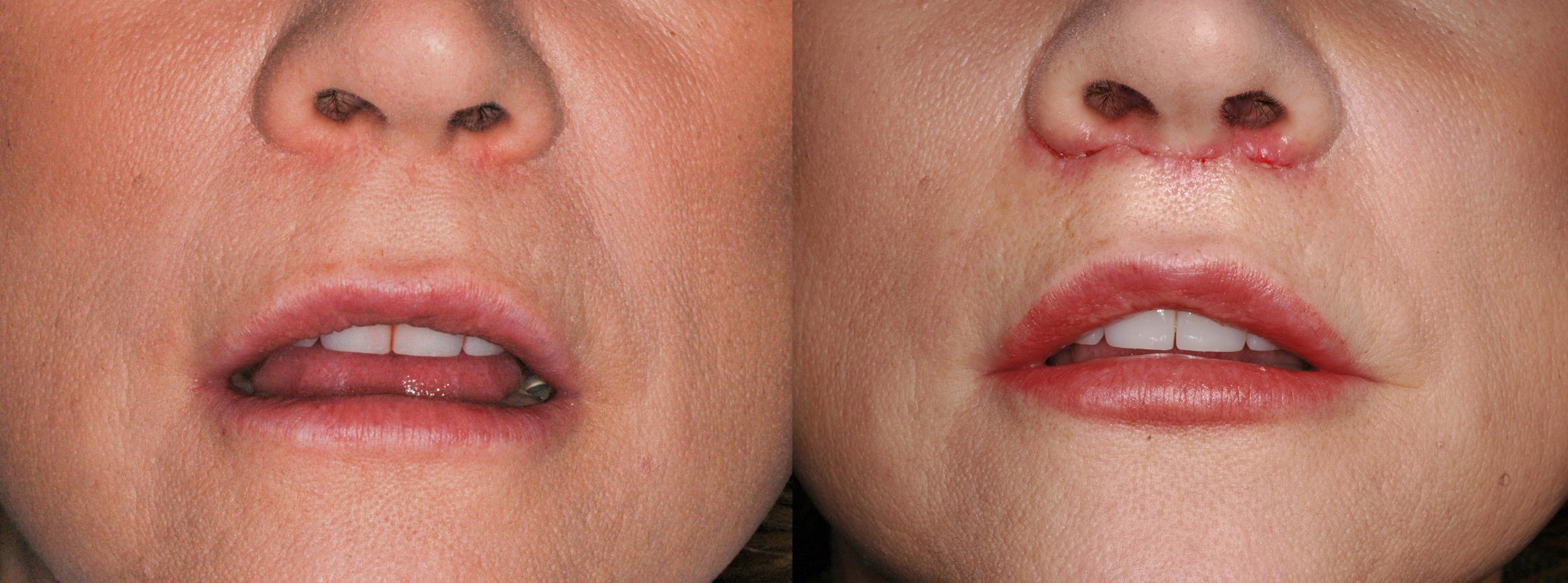
Lip Fillers
Lip fillers are minimally invasive cosmetic procedures performed at a doctor’s office. They use injectable treatments to add volume and definition to the lips, improve lip symmetry, and treat vertical lip lines. Most lip fillers are based on hyaluronic acid (HA), a natural compound found in body tissues. HA fillers are popular due to their ease of administration and immediate results. They can add fullness to thin lips and address lip lines and wrinkles. Surgical lip augmentation is another option, involving implants or filling materials inserted through small incisions. However, surgical methods are more invasive and carry higher risks. Lip fillers typically last up to one year, with some options lasting longer but potentially being less safe. Hyaluronic acid-based fillers, such as Juvéderm and Restylane, are commonly used for lip augmentation, providing fuller, plumper lips. People seek lip fillers for several reasons:
Increasing Lip Size: Many individuals want fuller lips, especially as they age and lips naturally become smaller or thinner.
Correcting Asymmetry: Lip fillers can address asymmetry, ensuring both lips have a balanced appearance.
Smoothing Wrinkles: Wrinkles around the mouth can be minimized with lip fillers.
Boosting Confidence: Enhancing lip volume can improve self-esteem and body image.
Before the procedure, a topical anesthetic is applied to numb the lips, making the process comfortable. The filler is then injected using a fine needle or cannula. Lip fillers typically last 12 to 18 months, depending on factors like metabolism and age.
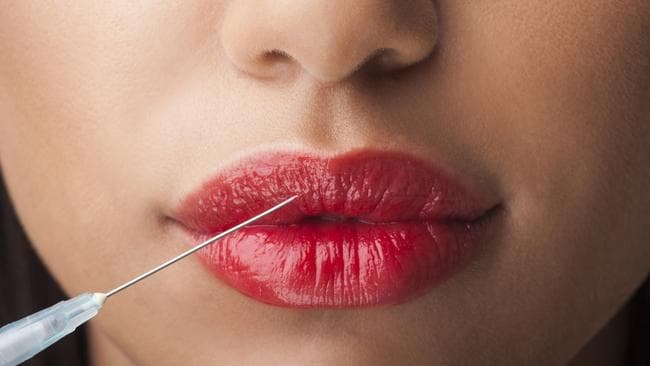
Types of Lip Fillers
There are several types of lip fillers commonly used for lip enhancement. These include:
Restylane: This hyaluronic acid-based filler plumps the lips, adds volume, and helps reduce fine lines and wrinkles around the mouth. It’s a versatile option for overall volume and structure.
Juvéderm: Known for its lip-volumizing and lip symmetry-improving benefits, Juvéderm is another popular choice. It enhances lip projection and provides a plush finish1.
Belotero: Belotero is used to improve lip shape and volume. It’s effective for achieving a natural look and addressing asymmetry.
Teosyal: Teosyal products offer various formulations for lip enhancement. They provide volume and smoothness, with results lasting up to 12 months.
Silicone Fillers: Although less common due to safety concerns, silicone fillers can provide long-lasting results. However, they require careful administration.
Fat Injections:Fat transfer involves using your body’s own fat (usually harvested from another area) to enhance the lips. It’s a more involved procedure but can yield permanent results.
Collagen Fillers: While less popular now, collagen fillers were once widely used for lip augmentation. They provide subtle volume but require more frequent touch-ups.
Other Fillers (Radiesse & Sculptra): Radiesse and Sculptra are not specifically designed for lips but can be used off-label. Radiesse provides structure, while Sculptra stimulates collagen production over time.
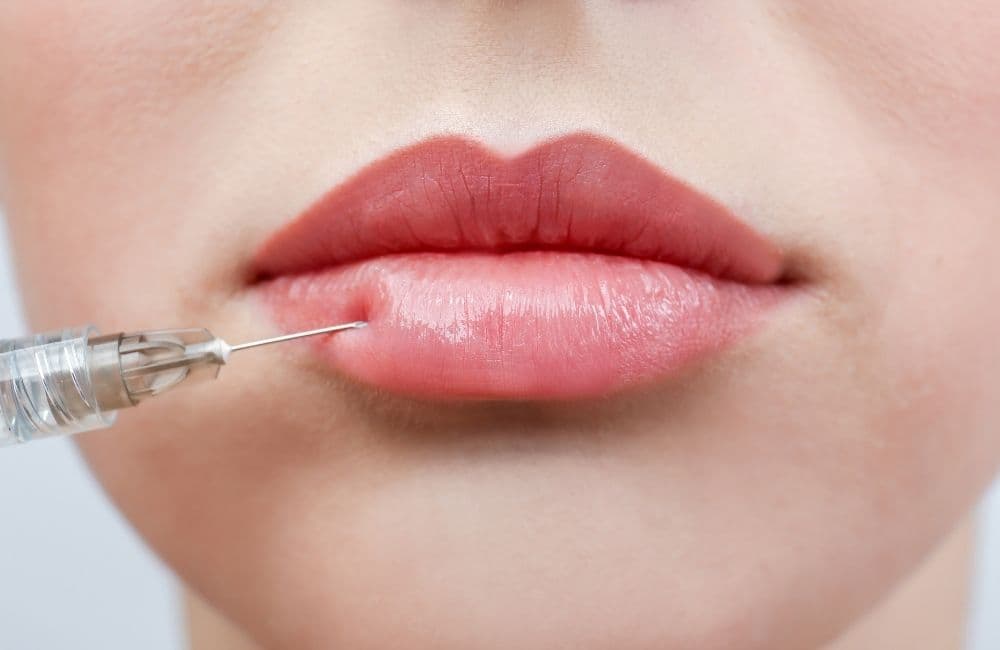
Conclusion
In conclusion, lip surgeries offer a range of options for enhancing lip appearance. Whether you choose lip fillers, fat transfer, or other procedures, it’s essential to consult with a qualified professional to determine the best approach based on your goals and individual needs. Remember that safety, natural results, and proper aftercare are key considerations in achieving beautiful, harmonious lips.
Read More